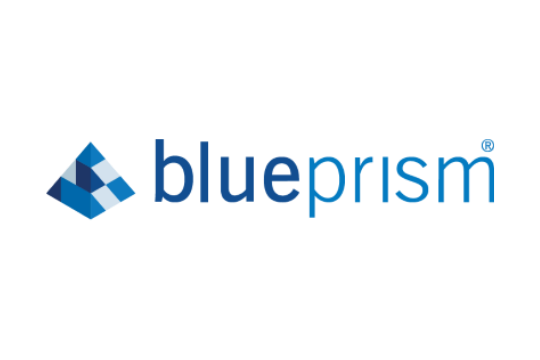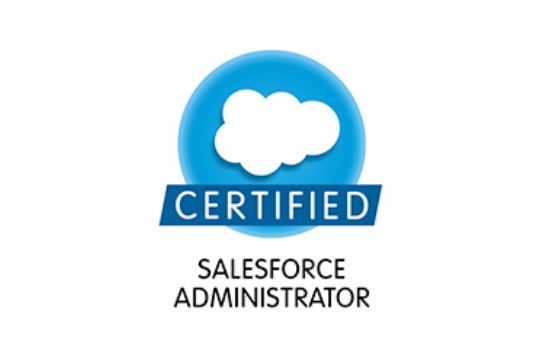Course Description
QA Automation testing is a method of software testing that uses tools and scripts to implement the entire software development lifecycle in a short time to deliver an efficient software application to the end-user. QA Automation Selenium is a widely used open-source tool for testing web-based applications. Overall using automation testing tools will be the best way to get an optimal level of test effectiveness, efficiency, and testing coverage. Our selenium software training consists of Selenium Integrated Development Environment (IDE), Selenium Remote Control (RC), WebDriver and Selenium Grid, and basic concepts of Java, OOPs concepts, TestNG, XPath and Waits, CSS selectors, Ajax testing, frameworks, AutoIT, GIT hub, Maven, and Jenkins continuous integration.
Hachion QA Automation Testing – Selenium online training will be provided by the best trainers from end to end. The course is well designed with basics and advanced topics to train beginners and professionals to have a strong career in their testing domain. After completion of the QA selenium testing course, participants may work on real-time projects, and assignments to gain practical knowledge. Expand your testing capacity with faster feedback, and improve quality testing through the Selenium test automation tool suite. We provide resume preparation tips, mock interview sessions, and job assistance to get placed in top companies.
Certification
ServiceNow Admin Certification
Servicenow Developer Certification
Who This Course is for
Anyone interested to learn the ServiceNow tool is welcome to join this course
Curriculum
- 25 Sections
- 160 Lessons
- 4 Weeks
- Introduction7
- Selenium IDE5
- Java1
- System Administration22
- 5.1Introduction to Java
- 5.2Installing JDK
- 5.3Configuring Eclipse IDE
- 5.4Creating Java project
- 5.5Sample Java program
- 5.6Classes and objects
- 5.7Downloading Selenium server jar
- 5.8Configuring Selenium into the Java project
- 5.9Conditional Statements in Java
- 5.10Loops in Java
- 5.11Arrays in Java
- 5.12Array List in Java
- 5.13Methods in Java
- 5.14Utility functions in Java
- 5.15Local and global variables in Java
- 5.16Static and instance variables in Java
- 5.17Hash set in Java
- 5.18Method overloading in Java
- 5.19Constructors in Java
- 5.20Inheritance in Java
- 5.21Interfaces in Java
- 5.22Packages in Java
- WebDriver Introduction2
- Add on and Methods4
- Profiles3
- Automating Links9
- Automating Dropdowns6
- Xpaths7
- Using CSS Selectors5
- TestNG7
- Tab and Popup Automation4
- Synchronization4
- Ajax Testing2
- Miscellaneous3
- Automating input fields7
- Automating WebTable4
- Excel Read/Write10
- 20.1Apache POI
- 20.2Configuring POI into the project
- 20.3Interacting with Excel
- 20.4Read operations on Excel
- 20.5Write operations on Excel
- 20.6Dropdown testing and storing the results in Excel
- 20.7WebTable testing and storing the results in excel
- 20.8Creating Data-Driven Framework
- 20.9Creating test data Excel files
- 20.10Using the test data to test the web application
- Frameworks6
- Automating Window Components7
- Version Controlling8
- Maven9
- 24.1Introduction to Maven
- 24.2Maven local and Global repositories
- 24.3Creating a maven artifact from the command prompt
- 24.4Configuring maven project into Eclipse
- 24.5Creating a Maven local repository
- 24.6Adding Jars into Maven local repository
- 24.7Stages in Maven
- 24.8Configuring Maven from Eclipse plug-in
- 24.9Maven as a build tool
- Grid II9
- Continuous Integration9
- 26.1Different tools for implementing CI
- 26.2Jenkins
- 26.3Continuous Integration
- 26.4Downloading Jenkins
- 26.5Dashboard of Jenkins
- 26.6Scheduling the automation build
- 26.7Sending automated mails when the build executes
- 26.8Integrating Jenkins with Git
- 26.9Parallel testing of selenium programs on multiple browsers and OS using Jenkins







